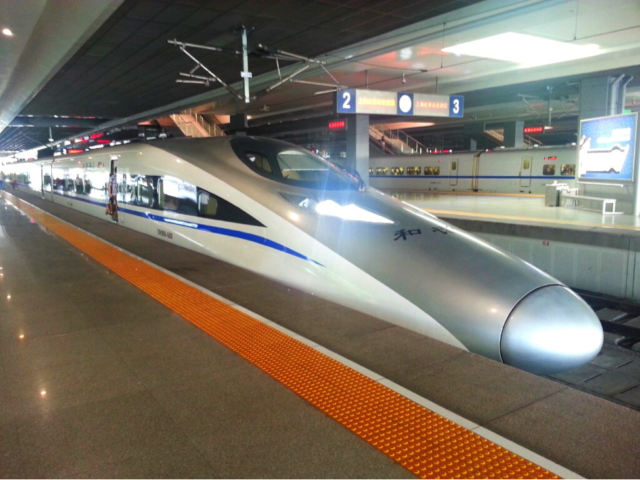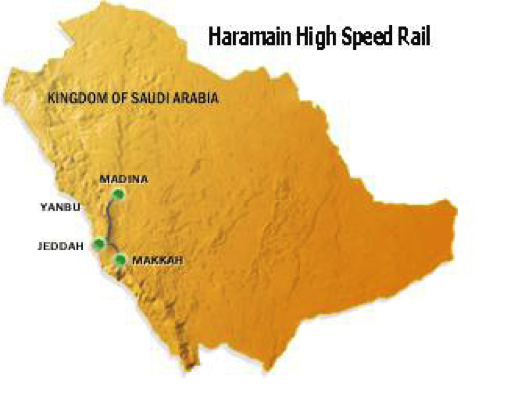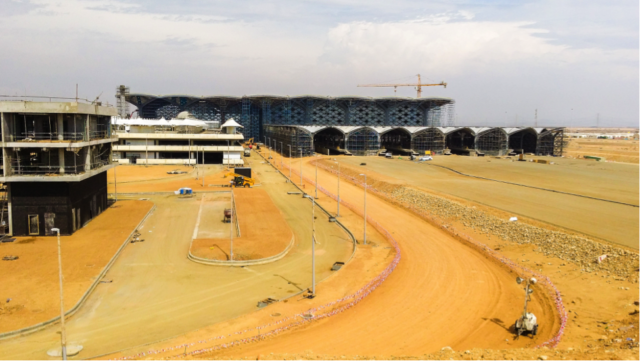The Promise of High-speed Rail in New Cities
mars 30, 2015 — Uncategorized
Developments in high-speed rail (HSR) have had a great deal of exposure in recent months – from the launch of the California High Speed Rail system to the possibility of the world’s longest HSR line between Beijing and Moscow. Cities, regions, and countries around the world are considering HSR as a viable option for passenger travel.
High-speed rail, commonly known as “bullet trains”, are rail transport systems that are significantly faster than traditional rail, reaching sustained speeds of up to 350 kilometers (approximately 200 miles) per hour. Originally introduced in Japan, these systems are extremely popular modes of travel. Robust HSR networks are already in place within Europe and East Asia, most notably in France, Germany, Spain, South Korea, Taiwan and China.

The benefits of HSR are numerous. Rail stations, as opposed to airports, are located in city centers, which can make travel between cities, up to a certain distance away, much faster once time to get to the airport, security, and boarding time are factored in. Furthermore, high-speed trains travel faster than automobiles and are not subject to traffic congestion.
High-speed rail systems lessen the demand on roads and crowded airports, and are statistically safer to ride than automobiles. For example, the French and Japanese high-speed systems have been operational for over 30 years and there have been no passenger deaths as a result of a high-speed crash in either country. Furthermore, rail stations also have a significant impact on land value, as the areas around stations suddenly become more accessible to a larger number of people and therefore, more attractive to development and real estate interests. Japan Rail East, the largest of the seven companies operating Japan’s HSR network, requires no public subsidy because it owns the land around its stations and is able to capture the added value of that land and reinvest it into its system. Nearly one-third of JR East’s revenue comes from commercial developments along the railway route.

In order to seize these many advantages, Saudi Arabia is planning the Middle East’s first high-speed rail line. The Haramain High Speed Rail project is expected to connect the Muslim holy cities of Mecca and Medina with Jeddah and King Abdullah Economic City (KAEC). The line is expected be over 450 kilometers and serve a population of nearly seven million. In addition, the HSR will provide efficient transport to the millions of Hajj and Umrah pilgrims that visit the region each year.

Having lived in King Abdullah Economic City for the past five months, I believe the city has a tremendous opportunity to capitalize on the value of its planned high-speed rail system.
The new high-speed rail station, planned to be operational by 2018, represents a major infrastructure project within the city. It will enable easy connection between KAEC and greater Western Saudi region. Moreover, the area around the high-speed rail station has the potential to become an important physical and symbolic gateway to KAEC, expressing the values and aspirations of a modern Saudi Arabia.
It is evident that a new city such as KAEC has a clear advantage when it comes to building a high-speed rail system, namely, the site is not currently developed. This comes as a contrast to the challenge faced in already developed areas, such as London, where old or existing infrastructure needs to be adapted or even destroyed to accommodate HSR facilities. As an emerging new city with vast swathes of untouched terrain, the opportunities for development in KAEC are abundant. The types of use, architecture and overall urban experience around the train station should be considered carefully.
High-speed rail can significantly decrease travel times within cities. It also offers wider economic benefits, such as improving accessibility and mobility across regions and increasing land value along its route. If planned strategically, high-speed rail can help new cities around the world attract the citizens they want, whilst also positioning themselves with the region and within the global community.